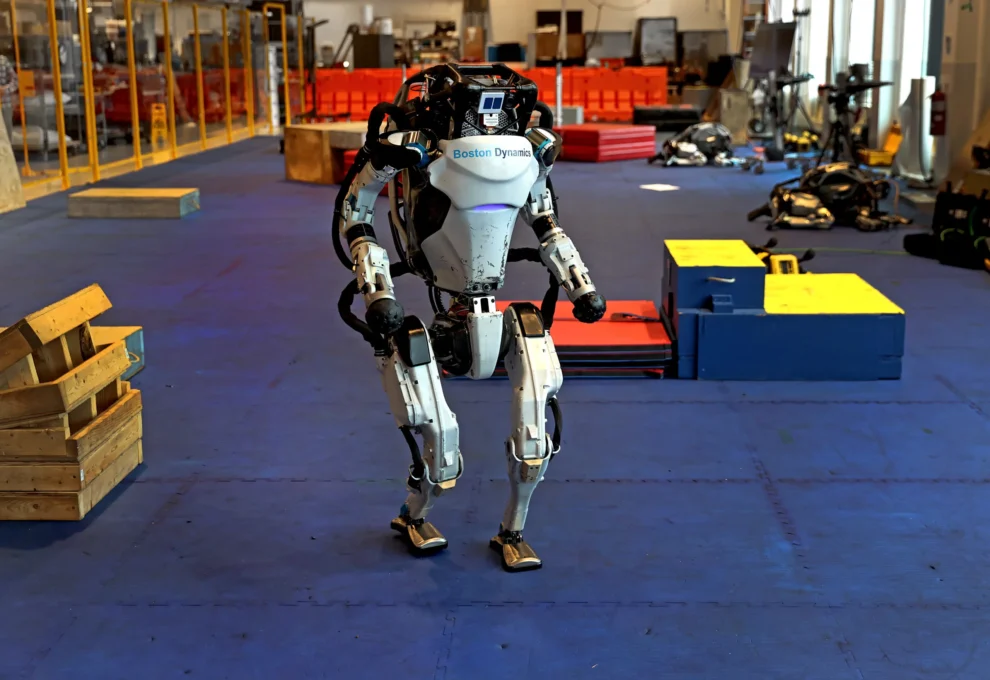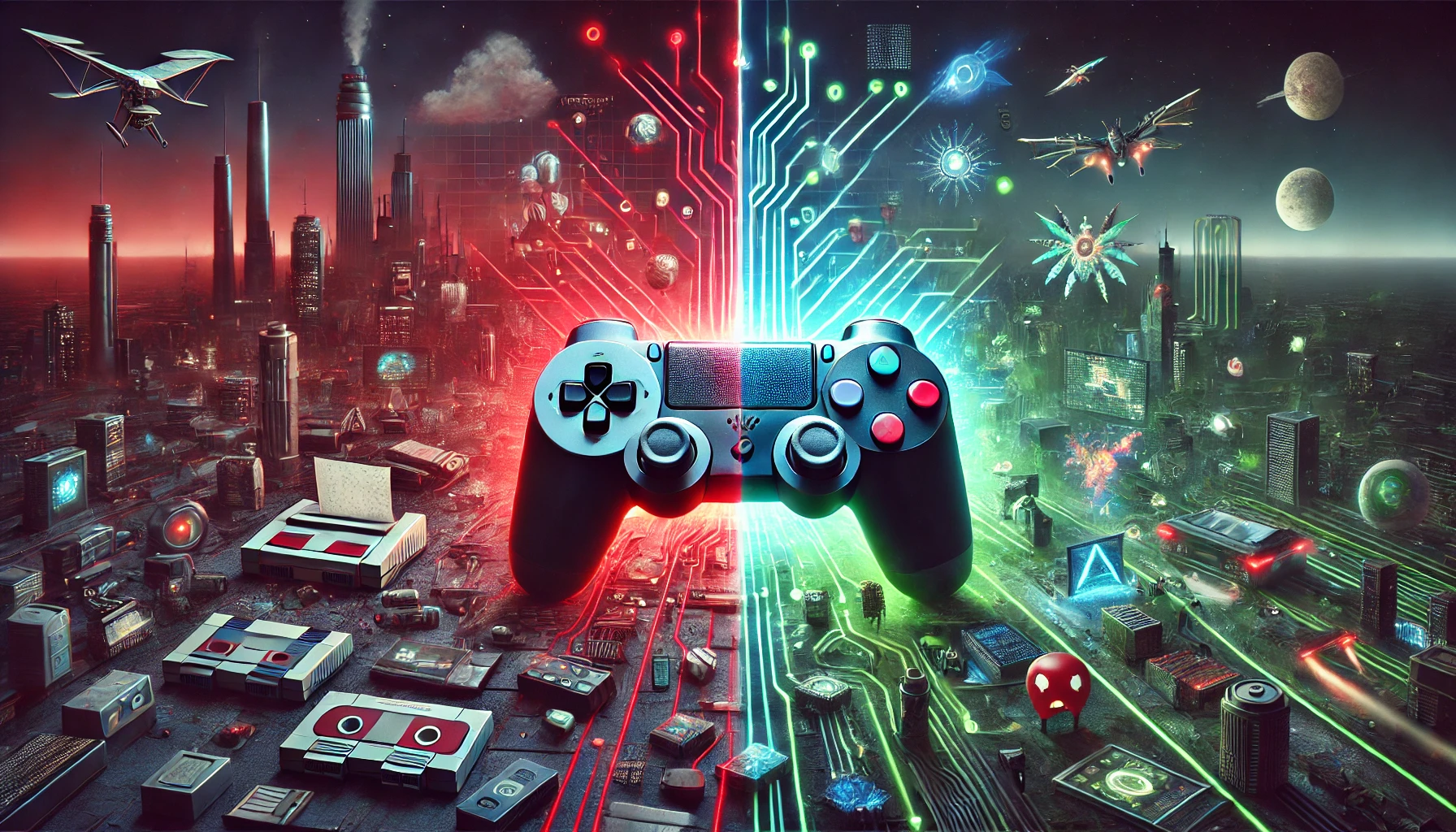Introduction to the Next-Generation Atlas
Boston Dynamics has once again pushed the boundaries of robotic capabilities with their latest iteration of the Atlas robot, unveiled in 2024. Known for its humanoid form and dynamic movements, Atlas represents the pinnacle of robotic design and functionality, incorporating advanced technology that allows it to perform tasks with a level of dexterity and mobility previously unseen in robotic counterparts.
Unveiling Atlas: A Leap in Robotic Technology
The new Atlas is a fully electric model designed for real-world applications, building on decades of research to enhance its functionality in various industries. With an advanced control system and state-of-the-art hardware, Atlas exhibits unparalleled athletic abilities and agility, making it a standout in Boston Dynamics’ robot lineup. The robot’s capabilities include dynamic manipulation, real-time perception, and model-predictive control, enabling it to navigate complex environments with precision and efficiency.
Potential Industrial and Commercial Applications
Atlas has demonstrated its proficiency in handling tasks across a broad spectrum of environments, from construction sites to manufacturing floors. Its ability to perform labor-intensive tasks autonomously could revolutionize industries by increasing efficiency and safety, potentially replacing certain human roles in physically demanding or hazardous settings. Despite concerns about job displacement, Atlas also opens up new possibilities for job creation in robot maintenance, programming, and supervision.
The Impact of 3D Printing in Robotics
A significant advancement in the design and manufacturing of Atlas involves the use of 3D printing technologies. This method has enabled the integration of complex components, such as the robot’s hydraulic power units and actuator cylinders, into its structure, enhancing the robot’s functionality and agility. This innovation not only advances the capabilities of Atlas but also exemplifies the potential for 3D printing to transform robotic manufacturing and maintenance.
Boston Dynamics: Pioneering the Future
Under the ownership of Hyundai since 2020, Boston Dynamics has expanded its focus from purely experimental designs to potential commercial products. While Atlas serves as a research platform, its developments suggest a shift towards the creation of robots designed for widespread industrial and commercial use. However, as Boston Dynamics continues to innovate, the design of humanoid robots for mass production remains a significant challenge, likely necessitating a different approach than the highly specialized capabilities of Atlas.
The ongoing development of Atlas by Boston Dynamics marks a significant step towards the integration of robots into daily industrial operations. While it’s clear that Atlas and robots of its ilk are not yet ready to replace human labor entirely, they are poised to become invaluable assets in industries where precision, reliability, and safety are paramount. As technology progresses, the role of robots like Atlas will continue to evolve, highlighting the need for adaptive strategies in both workforce development and technological integration.



















Add Comment